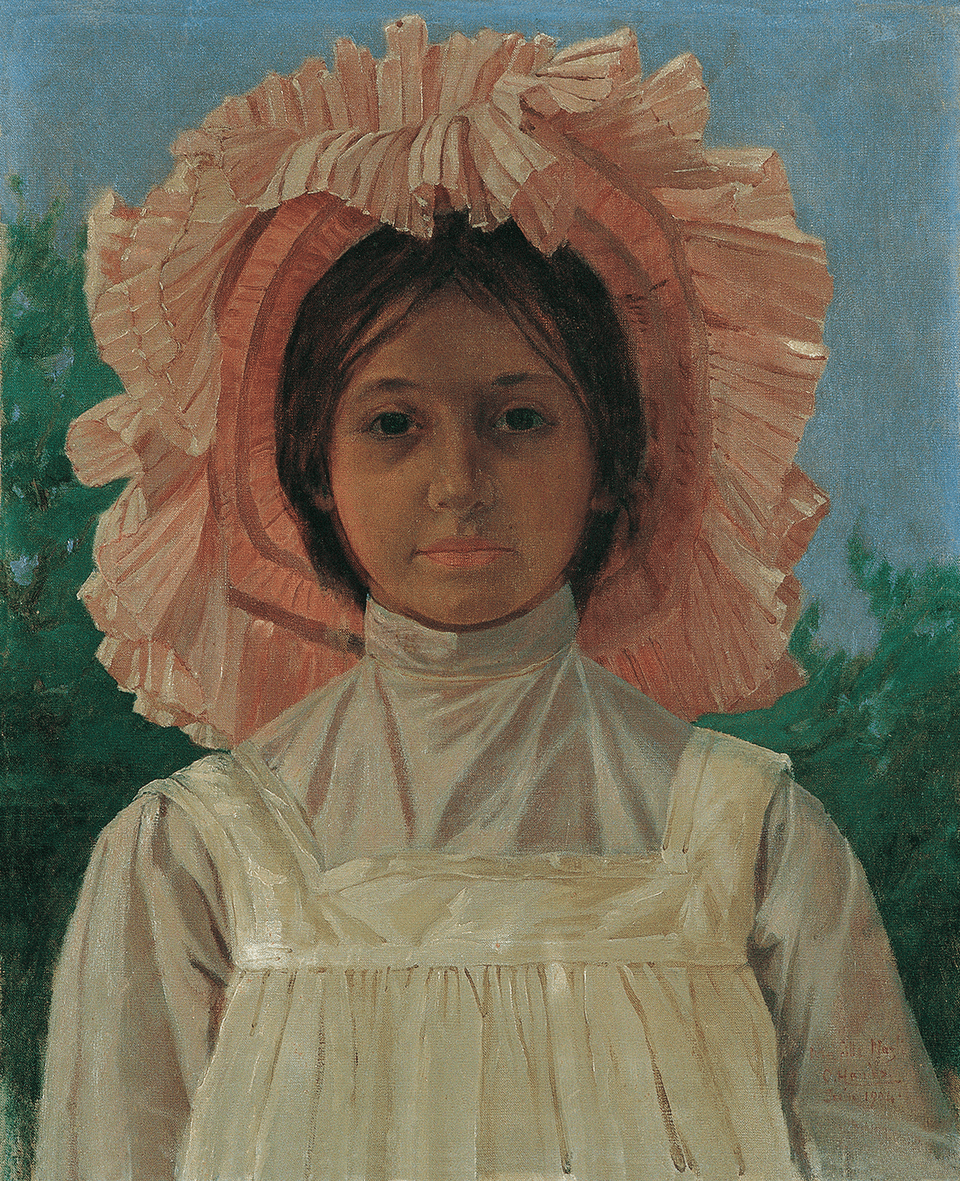We're doing an archaeological dig at the museum! Participants first reflect on what archaeology is and its methods, then try to uncover the traces of the past by following the basic principles of archaeology in the miniature excavation areas in the workshop. In the workshop, where different stages such as sifting the soil, recording the stratigraphy, taking photographs, drawing the trenches and filling the excavation diary will be carried out with teamwork, the participants finally interpret their findings and talk about the importance of archaeology.
Related Exhibition: The Art of Weights and Measures
Workshop led by: H. Nurbahar Kurtlu
Ages: 10-12
Duration: 90 minutes
Capacity: 15 people
Fee per Workshop: 200 TL
The event will take place at the Pera Museum (face-to-face).
For more information: ogrenme@peramuzesi.org.tr

The Suna and İnan Kıraç Foundation’s Orientalist Painting Collection includes two children’s portraits that are often featured in exhibitions on the second floor of the Pera Museum. These portraits both date back to the early 20th century, and were made four years apart. One depicts Prince Abdürrahim Efendi, son of Sultan Abdulhamid II, while the figure portrayed on the other is Nazlı, the daughter of Osman Hamdi Bey.
Tuesday - Saturday 10:00 - 19:00
Friday 10:00 - 22:00
Sunday 12:00 - 18:00
The museum is closed on Mondays.
On Wednesdays, the students can
visit the museum free of admission.
Full ticket: 300 TL
Discounted: 150 TL
Groups: 200 TL (minimum 10 people)